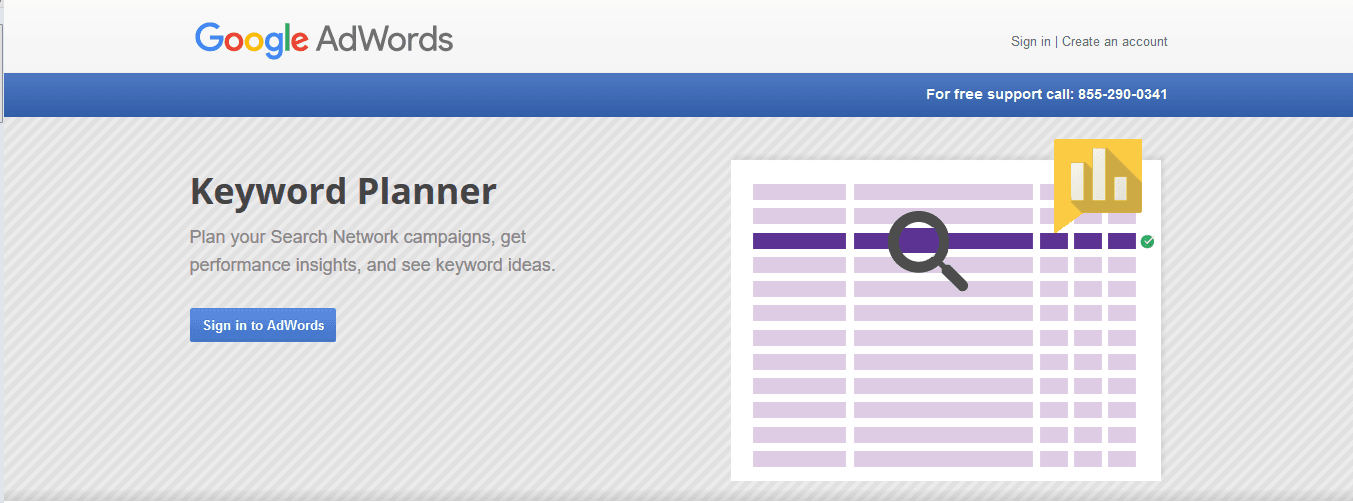Producing a multilingual SEO translation
As a translator, you already know how to produce a great translation, that’s a given! But perhaps you have never had to handle a SEO translation. This is why we would like to outline some simple rules to follow which will help you to produce a great SEO translation.
The days of the translator’s work being paper based are long gone. The online world is taking on more and more importance. Web translation is becoming one of the most important sources of revenue for translators, and one of the most important things to take into consideration when you create online content is to be SEO friendly. That means that you publish content that can be found in the best positions in search engines. Why? Because the more you appear in the top positions, the more possibilities there are for your website to be found and for users to visit it.
Usually, when you receive website content to translate, this document is already made to the SEO specialist’s guidelines established in the company’s strategy. In order to not ruin this strategy, you likewise have to produce a SEO translation. So, what exactly is a SEO translation? This is a translation where the content is optimised in order to be more findable for search engines.
How do we do this? Take a look below…
Check the volume of searches with the Google Adwords Keywords Planner tool
This will help you to know which words have a higher number of searches than others in the language that are you translating into and in the country of the website that you are translating. It is important to use the words that have a higher volume of searches in order to help your content be found. In other words, what you have to do is to make it easier for users to find your information by offering them what they are looking for. You can find more info about how to use this powerful tool here.
Look for the trends within the subjects that are you translating
Using the right words means the difference between a simple web translation and a SEO web translation. If you have queries about terms or the local words that are used by the target market of the website that you are translating, a great tool to use is Google Trends. You can compare the trends of up to 5 terms, choosing the country or the general trend for all over the world.
We talked about Google Trends for translators here.
Don’t forget about localisation!
Localisation helps SEO translation to be optimised. Localisation is really important when you translate keywords. Sometimes, one language uses certain terms that can be offensive in another or uses a term a different way. Using your advantage as a native, you can find more keywords that will improve the content. You have to be able to translate the keywords used in the original language to another, finding the most appropriate keywords used in your target country or area. This helps to make geographically-relevant content which is really valuable for SEO.
At Bigtranslation, we work only with native translators, because they possess all-important cultural knowledge of their own country. They have the ability to translate the keywords from one language to another without missing the message that our client wants to transmit to their target market.
The combination of SEO and localisation techniques makes for the very best way to achieve the perfect website translation.




